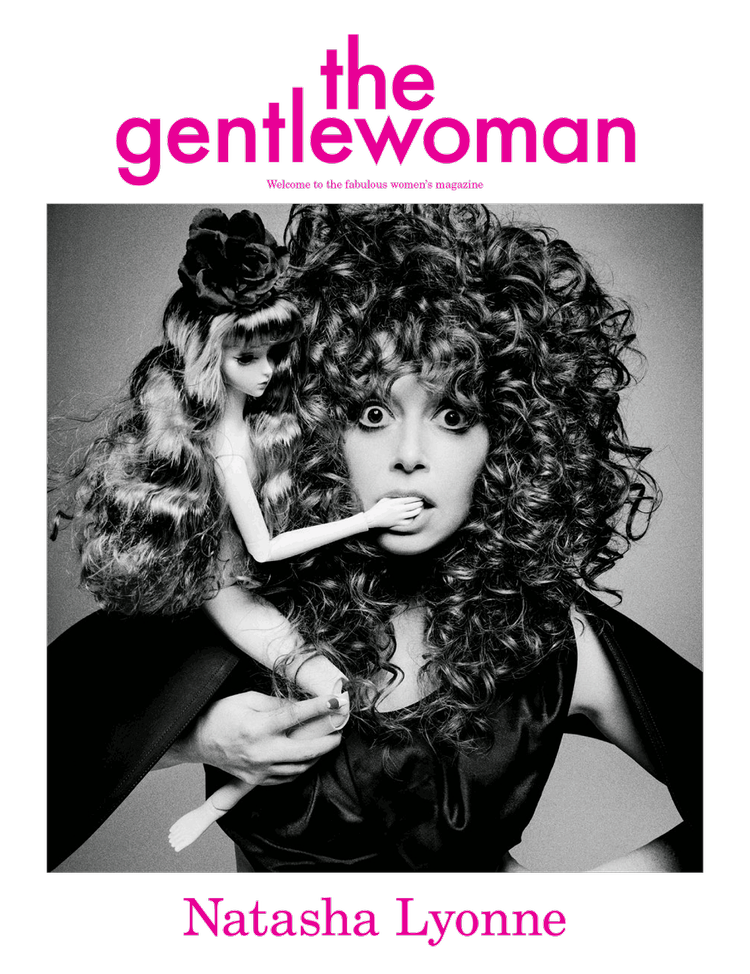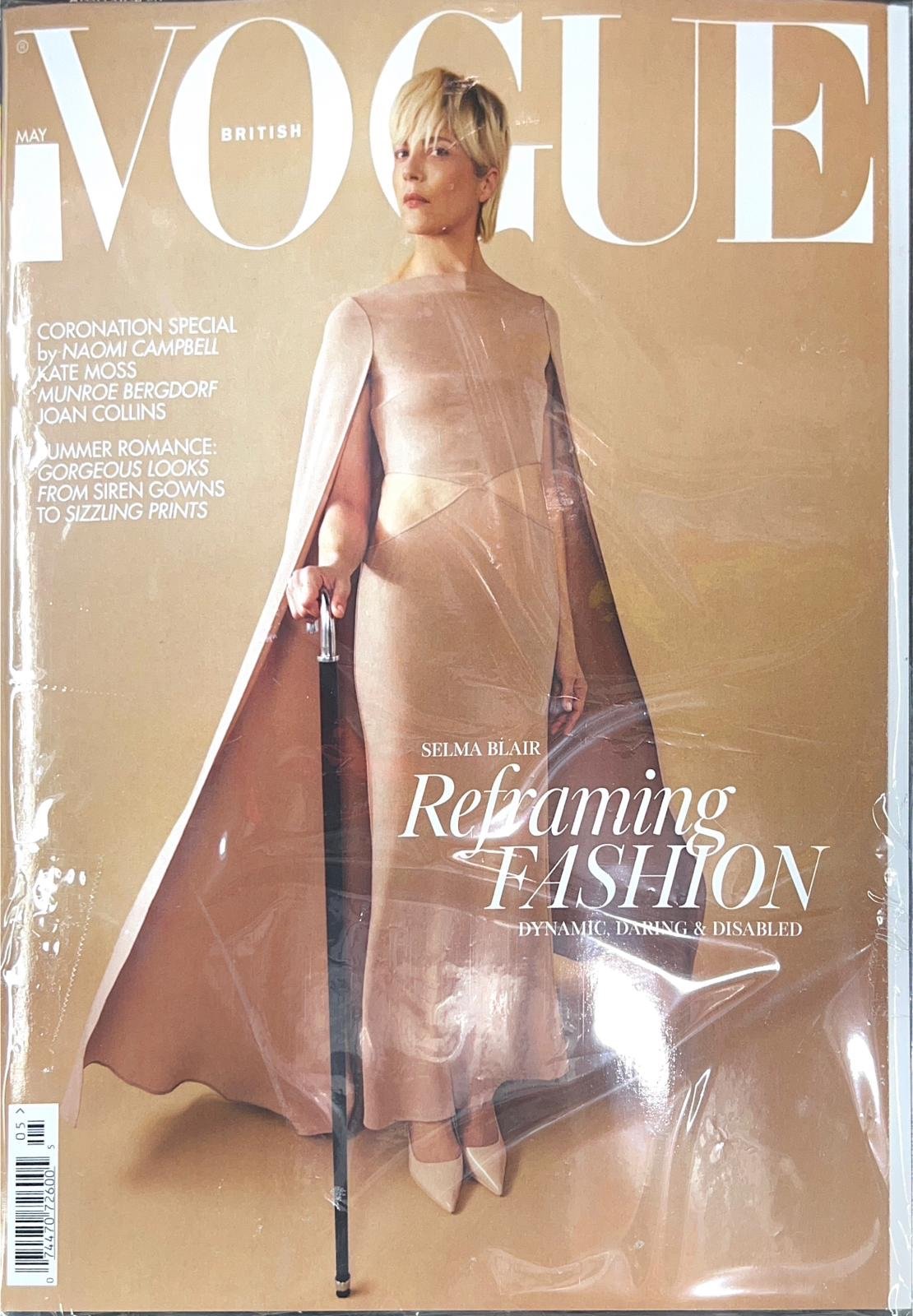- Empty cart.
- Continue Shopping
HIGHSNOBIETY MAGAZINE-SUMMER 2023-WINNIE HARLOW-BRAND NEW
$29.99
7 in stock
HIGHSNOBIETY SUMMER 2023
The Summer Winnie
When Winnie Harlow was 16 years old, she applied for a position at Sephora in her hometown of Toronto. She never ended up getting the job. Though rather inconsequential in the long run (how many of us were denied a job we really wanted as a teenager?), it’s a story that has taken on unexpected relevance for Harlow, now 28.
For one, she’s now world famous. After appearing on America’s Next Top Model in 2014, Harlow has spent the better part of the last decade rapidly ascending the ranks in the fashion and beauty industry. Her wide-ranging résumé includes strutting down runways for the likes of Marc Jacobs and Victoria’s Secret, fronting global campaigns for brands like MAC and Dior Beauty, and serving as a judge on popular series like Making the Cut and Germany’s Next Top Model. She’s even collaborated with her fair share of A-list pop stars: Beyoncé cast Harlow for her landmark 2016 visual album, Lemonade, and Sia selected the model to be her blonde bob-wearing stand-in for Eminem’s “Guts Over Fear” music video. In short, Harlow has a career many would kill for.
But there’s another reason Harlow has brought up Sephora today. A little over a year ago, she launched Cay Skin, a suncare-focused beauty brand she founded after enduring a debilitating sunburn during a photoshoot in the Bahamas. A skincare brand is no longer a surprising venture for a globally recognized model — but right now, as she sits in a car, heading to a Washington, DC, airport to fly to Toronto for Cay’s Canadian launch, she can’t help but feel a little special. “We will be in all Sephora stores,” she says, proudly. It’s all very full-circle. “Going back there now and bringing home this baby that I’ve created to all of Canada is such a…” she trails off. “I don’t even know the word. I’m just overwhelmed.”
Harlow’s life hasn’t always been this picturesque. When the model, born Chantelle Whitney Brown-Young, was four, she began developing white patches on her otherwise melanated skin, a symptom of the auto-immune condition vitiligo. Though Harlow was lucky enough to grow up in a supportive home — her grandmother, who once reprimanded her mother for pointing out the spots, stressed how important it was for the young girl to feel confident in herself — she still struggled at school, where her peers teased her by calling her names like “zebra” and “cow.” “I always felt alienated,” she admits of her childhood. “When I was a kid, I felt so much like I was the only person in the world with vitiligo.”
That was before Instagram, which launched in 2010 and changed the trajectory of Harlow’s life. “Being on social media, I could see other people [like myself],” the model says, noting that it was the first time she didn’t feel alone. These days, one doesn’t need to dig deep to find all manner of complaints about the innate toxicity of social media, particularly as it relates to the promotion of unrealistic beauty standards. But hearing Harlow’s story, one can’t help but see her current success and happiness as a testament to its capability for good, too. Where else could someone find a community for people with a rare skin condition while also getting the attention of internationally renowned photographers and finding love with a six-foot-nine NBA star?
In her telling, Harlow had amassed more than 100,000 followers on Instagram by the time she was 18. The app was still in its infancy back then, but already, the model was finding work through the platform, doing shoots “here and there” for people in Toronto who asked her to pose in their beanies and sweatsuits. “I had built my following up just from posting and talking about my experience with vitiligo,” Harlow explains about that early visibility. “People would say, ‘My mom has vitiligo and I showed her your page. She’s had it since she was X amount of years old, and now she’s so confident looking at your pictures.’”
Order a copy here to know more..
Magazine has a Bar-Code!! Newsstand Edition!!!
| Weight | 2 lbs |
|---|---|
| Dimensions | 13 × 10 × 1 in |
| Brand | |
| Product ID |
Shipping Details
- Please pay more attention to your order address which MUST MATCH your shipping address. (If you’re from Russia, Please leave your full name. It is very important)
- Items will be shipped within 3 business days after payment.
- Please check items when delivered, if damaged, please kindly accept it and contact us immediately. We will make a confirmation and resend you a new one.
| Shipping By | Shipping Cost | Estimated Delivery Time | Tracking Information |
| Thembay Express | Free Shipping | 12-20 days | Not available |
| LEX | $20.00 - $50.00 | 04-12 days | Available |
| Lorem Ex | $26.00 - $70.00 | 03-17 days | Available |
Packaging Details
- Unit Type: piece
- Package Size: 25cm x 32cm x 5cm (9.84in x 12.60in x 1.97in)
- Package Weight: 0.56kg (1.23lb.)
















Reviews
There are no reviews yet.